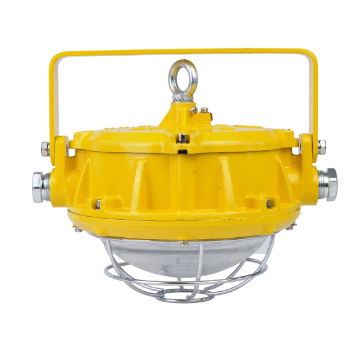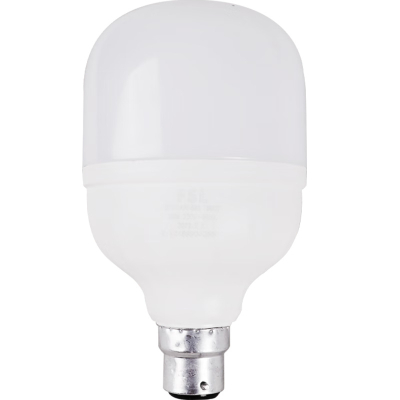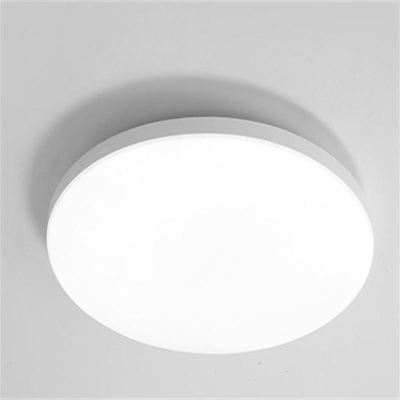Increased Safety Explosion Proof Lamp
An increased safety explosion - proof lamp is a type of lighting fixture specifically designed to reduce the risk of explosion in potentially hazardous environments. These lamps are used in areas where flammable gases, vapors, or combustible dust may be present. The main purpose is to provide reliable illumination without acting as a source of ignition for the explosive atmosphere.
The housing of an increased safety explosion - proof lamp is usually made of high - quality, durable materials such as aluminum alloy or stainless steel. These materials are chosen for their strength and resistance to corrosion.
It is designed to have a smooth surface to prevent the accumulation of dust and other substances that could potentially cause a short - circuit or other hazards.
The housing is sealed to a certain extent to protect the internal components from the ingress of moisture and contaminants from the external environment.
Lens and Light Transmission:
The lens of the lamp is typically made of toughened glass or a high - grade plastic material. It is designed to provide excellent light transmission, ensuring that the light output is efficient and well - distributed.
The lens is also impact - resistant to withstand any accidental blows or mechanical stresses that may occur in the working environment.
Some lamps have a special coating on the lens to enhance light diffusion or to protect against UV radiation.
The internal electrical components, such as the ballast (in case of fluorescent lamps) or the driver (for LED lamps), are designed to operate with a high level of safety. They are usually encapsulated or potted to prevent the exposure of live parts and to protect against short - circuits.
The wiring inside the lamp is carefully insulated and routed to avoid any sharp edges or points that could cause wire abrasion and subsequent electrical faults.
The connectors and terminals are designed to have a secure and reliable connection to prevent loose connections, which could lead to sparking.

For traditional fluorescent increased safety explosion - proof lamps, the electrical current passes through the ballast, which regulates the voltage and current supplied to the fluorescent tube. The gas inside the tube is ionized, and ultraviolet (UV) radiation is produced. The phosphor coating on the inside of the tube then converts the UV radiation into visible light.
In the case of LED - based increased safety explosion - proof lamps, the LED chips are connected to a driver. The driver converts the input AC voltage to a suitable DC voltage for the LEDs. The LEDs then emit light through the process of electroluminescence. The electrical design of these lamps ensures that the energy is dissipated in a controlled manner, minimizing the generation of heat and potential ignition sources.

Safety: The key advantage is the enhanced safety it provides. By using design features that reduce the likelihood of electrical faults and sparking, it significantly decreases the risk of igniting the surrounding explosive atmosphere.
Durability: The robust construction of the housing and the quality of the lens and other components make it suitable for use in harsh industrial and hazardous environments. It can withstand vibrations, impacts, and exposure to chemicals.
Energy Efficiency: LED - based increased safety explosion - proof lamps, in particular, are highly energy - efficient. They consume less energy compared to traditional lighting sources, which not only reduces operating costs but also helps in meeting energy - conservation requirements.
Long - Life: LED versions have a long - service life. The LEDs themselves can last for tens of thousands of hours, reducing the frequency of lamp replacement and associated maintenance costs.

Chemical and Petrochemical Industries: In refineries, chemical manufacturing plants, and storage facilities, these lamps are used to illuminate process areas, storage tanks, and loading docks. They are essential for providing a safe lighting environment where flammable chemicals and gases are present.
Mining: In underground mines, increased safety explosion - proof lamps are used to light up tunnels and work areas. They help miners to see clearly while minimizing the risk of explosions due to the presence of combustible gases like methane.
Food and Grain Processing: In food mills, grain silos, and other food - processing areas where combustible dust can accumulate, these lamps are used to ensure safety and proper illumination.







